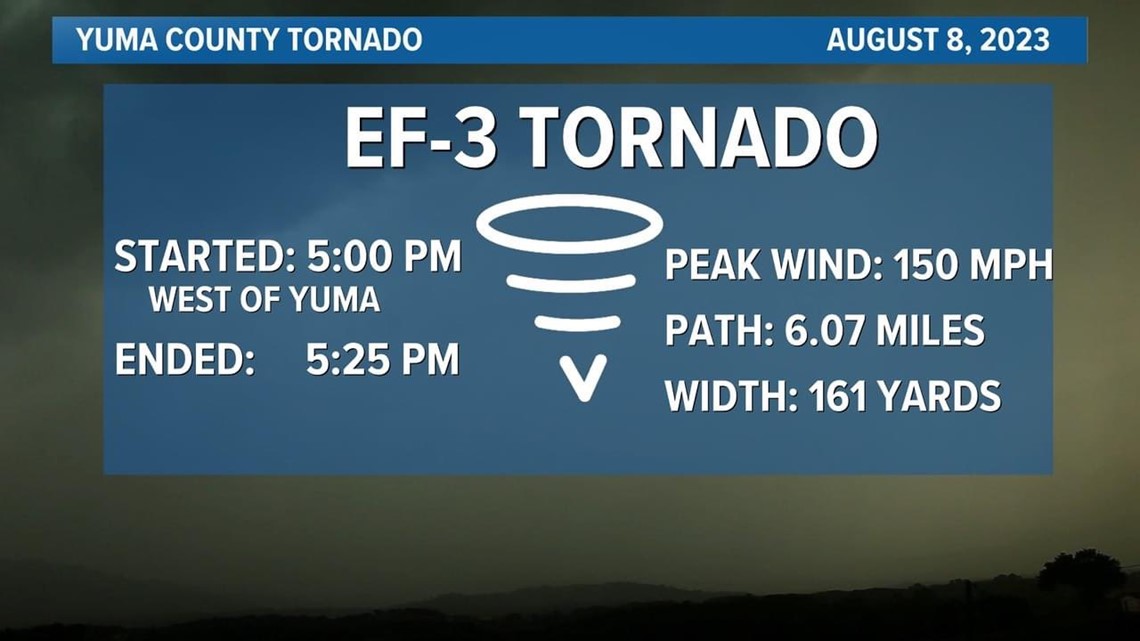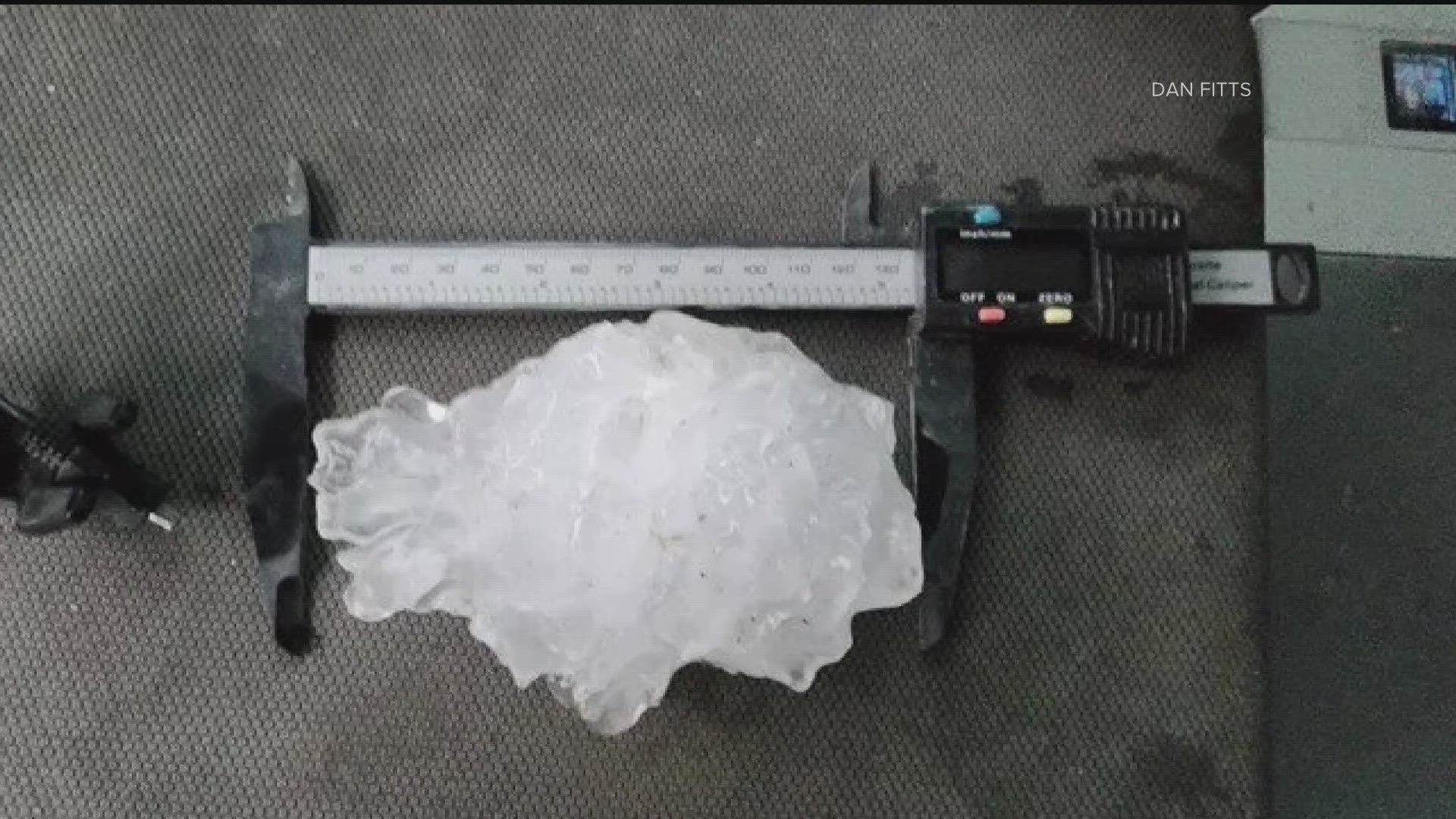COLORADO, USA — Tuesday's EF-3 tornado in Yuma County was just one violent part of a wild and busy severe weather season across Colorado.
Based on preliminary data from the National Weather Service and the Storm Prediction Center, Colorado has seen more tornadoes and general severe weather reports this year than any year since at least 2000, and likely longer than that.
According to the Storm Prediction Center's tally of storm reports, 76 tornadoes have been reported across Colorado through Tuesday.
That may include some duplicates, and some of those reported tornadoes may not end up as confirmed tornadoes. Regardless, that's a significantly higher total than any other year dating back to 2000, when the SPC first began tallying tornado reports.
And this year's tornadoes haven't just been weaker landspout tornadoes, either. Tuesday's EF-3 in Yuma County marked just the 27th EF-3 or stronger tornado since records started in 1950 in Colorado, but it was also the second EF-3 in Colorado this year (following a June EF-3 tornado in Prowers County).


That marks the first time since 1993 that Colorado's seen two EF-3 or stronger tornadoes in the same year.
What's stood out about 2023 is the number of tornadoes that have come from supercell thunderstorms. Supercells typically produce the strongest storms and longer-lasting tornadoes. Most of Colorado's tornadoes come from so-called landspouts, which usually form from colliding wind boundaries in a developing storm. They're usually weak and short-lived.
This year's tornadoes (including Tuesday night's Yuma County one), however, have often come from supercell thunderstorms. These are the most violent kind of thunderstorms, and while the Eastern Plains get supercells each year, this year has seen far more than usual.
Colorado averages about 50 tornadoes in a given year, and the overwhelming majority of those are landspouts.
It's also not just tornadoes, either.
While there's no one reason behind this uptick in severe weather, a generally stormy pattern and ample moisture means it's been an exceptionally consistent year for strong to severe storms. Near-daily storm chances have produced regular rounds of severe storms since the start of May, and the result is the highest number of severe weather reports since at least 2000.
With more than 1,400 storm reports (tornadoes, hail, and strong winds) through Aug. 9, it's easily the most since 2000. The next closest year is 2018, which featured about 1,100 such reports.
And we may not be done yet, either. More storms are likely this weekend, especially with a cold front on Sunday that could trigger some stronger storms in eastern Colorado.
SUGGESTED VIDEOS: Colorado Climate

